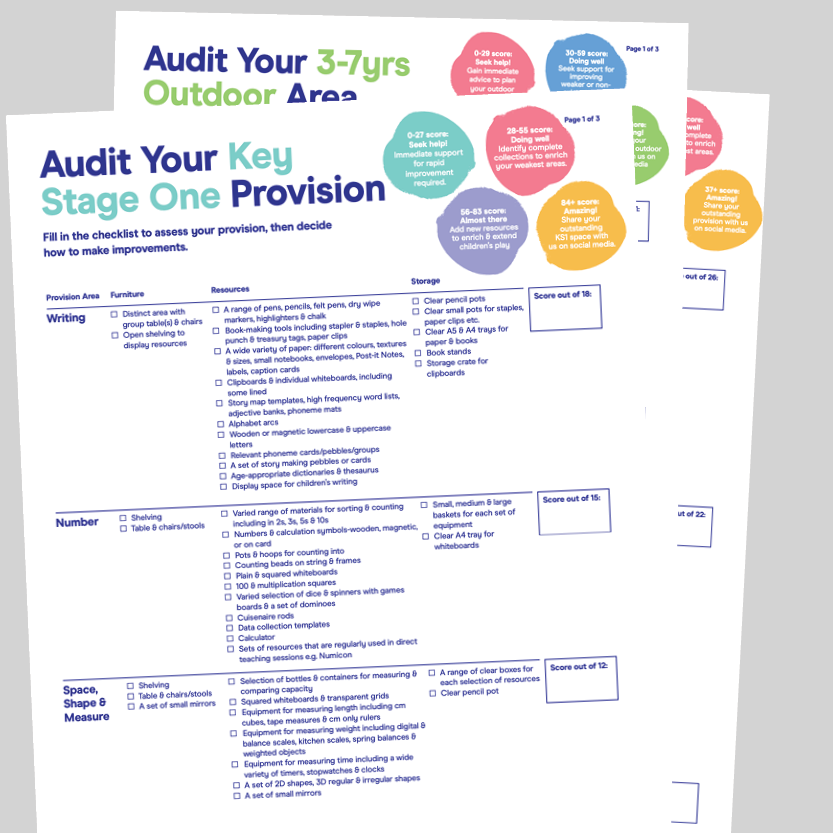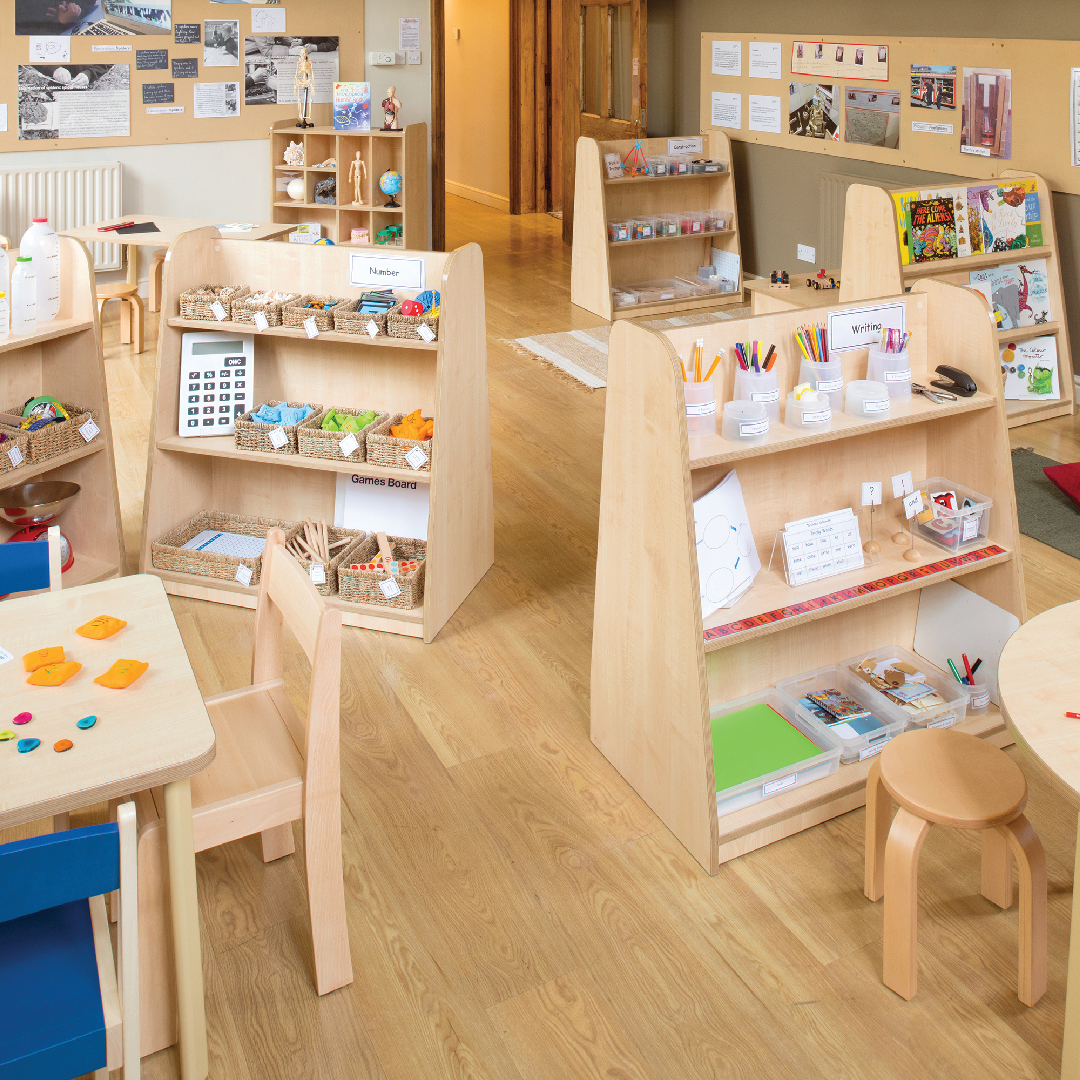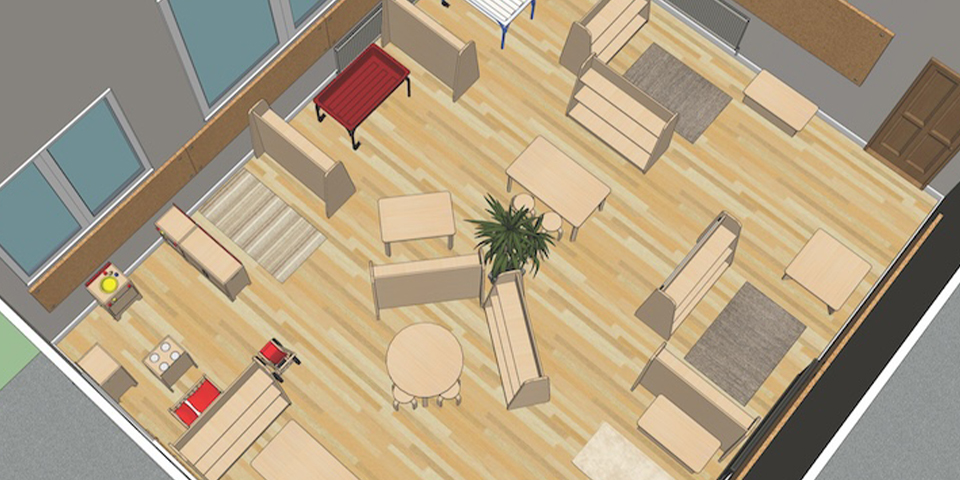Do your early years’ classroom spaces truly reflect your vision for learning? Have they come together by accident or been carefully planned to offer rich, meaningful and joyful experiences for young children? Why do quality environments matter in Early Years?
In the early years, young children learn through a wonderful mix of dynamic, hands-on learning experiences supported by highly skilled adults who have a thorough understanding of child development. The early years curriculum is continually delivered through the many experiences provided for children – the resources they use, the interactions that we build into their play and the moments of ‘direct teaching’ that occur throughout the day, every day.
This means that the learning environment is inextricably linked to how and what children learn and can be valued as a ‘teacher’.
A version of this article is also available as a podcast:
Owning Your Curriculum: A Close Look At The Learning Environment
Securing the development and progression of skills
As well as encouraging children’s independence and nurturing a wide range of learning behaviours, a well-planned and carefully resourced environment supports the acquisition, development and progression of skills and competencies. Therefore, it is important to consider: how can the space I have available offer the best opportunities and conditions for learning? How can I create a space in which children feel secure, empowered and joyful?
Promoting mastery learning
Creating spaces that are appealing, continually available and familiar to young children enables deeper learning – as children return to, repeat and extend their ideas over time. This promotes mastery behaviour as children are introduced to and supported with the use of carefully selected high-quality resources.
Each resource needs to be chosen to not only connect with children’s interests and their natural curiosity to investigate but also with its purpose in mind.
We always need to know why we have a particular resource or area of provision and critically, how we keep using it to support learning across the curriculum.
Offering core learning experiences
It is these decisions that form the planning for what becomes our continuous provision – the core learning experiences we consistently provide for children each day as they enter the classroom.
If a curriculum aim is to develop independent learners, then the intelligent classroom provides accessibility – empowering children to lead their own learning.
Resources are carefully organised to make them visible to adults and children, not hidden away but valued and celebrated! They should also be presented in ways to make them not only appealing to use but also to support incidental learning, e.g. using labelling and shadowing to reinforce early literacy and numeracy.
Creating delightful corners of curiosity
Alongside continuous provision, creating delightful corners of curiosity enables us to introduce inspiring enhancements to bring new learning to our early years classrooms – enriching language, deepening understanding and providing opportunities to embed prior learning in new and diverse contexts.
“Adults admire their environment; they can remember it and think about it. But a child absorbs it. The things he sees are not just remembered, they form part of his soul.”
If we consider the words of Maria Montessori, then we truly have the opportunity to create classrooms that become an effective and inspiring ‘teacher’.
Case study
Inspirational learning with Stockport Grammar School – by Catherine Hampson, EYFS Co-ordinator
The whole process to refurbish our indoor learning environment in partnership with Early Excellence worked really well from start to finish.
We felt that Early Excellence embodied our philosophy and ethos with their neutral, minimalised, high-quality furniture and resources.
We worked with an experienced EEx curriculum consultant to design the room. He was open and friendly, and really took the time to understand our expectations and requirements, and we were particularly impressed with some of the innovative ideas to maximise space and the use of shelving to create cosy corners.
Once the classroom was set up, we saw immediate benefits and impact. We had an amazing first day! The children were calm, settled and fully engaged with the resources.
It was definitely ‘their’ classroom and they were ‘their’ resources. The cosy corners made the children feel safe and secure – play and talk evolved quickly.
Over the past 24 months, we have seen a deeper level of learning than ever before and we feel that the layout and resources have supported staff in understanding fully the vision and principles we wanted to embed.
Our parents are incredibly impressed with the environment, which looks so inviting and welcoming but also purposeful and with appropriate challenge. They often comment that they want to stay, play and learn too. We are also seeing a clear impact on children’s progress and their levels of development.
The Early Excellence environment has not only transformed our provision but also helped to deepen our understanding and develop our practice.

Explore passionate discussions on early years by listening to our podcasts, designed to give EYFS & KS1 educators ideas and insights about early childhood education.

Audit your Early Years or KS1 provision and join schools across the country who are rethinking and developing their approaches to teaching and learning in KS1.

Discover how best to design your classroom and equip your learning environments, whether it is a new space or an existing classroom. Find out about our bespoke design service for help with planning your space.
Related Podcast Episode
This article is part of Independent Education Today’s “Why quality environments matter in early years” Report. Visit Independent Education Today to read the full report.

